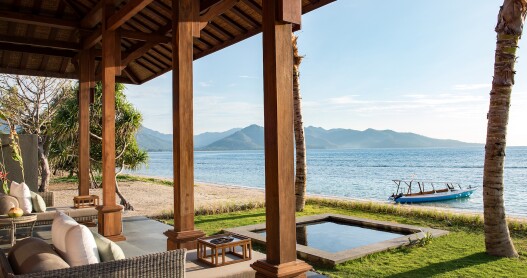Overview
Can’t miss things to do in Kyoto
The temples, shrines, and gardens of Kyoto transport travelers to the glory of ancient Japan. Kiyomizu-dera temple sits in repose halfway up Otowa Mountain; breathtaking views of Kyoto and the surrounding mountains expand from the balcony of this 1,200-year-old structure. Fushimi Inari-taisha, the most revered Shinto shrine in Kyoto, is immediately recognizable thanks to its more than 10,000 crimson gates, which wind up Inari Mountain for 2.5 miles. In Kyoto’s center rule the masterpieces of Japan’s feudal ruling class: Nijo Castle, built by Shogun Tokugawa Ieyasu, and the graceful Imperial Palace, once home to Japan’s emperors.
Food and drink to try in Kyoto
Kyoto’s fondness for beauty extends to the appearance of its dishes, making the cuisine as visually pleasing as it is delicious. Kyo-ryori (Kyoto cuisine) is among the most sophisticated of all Japanese food, and is prepared with an emphasis on art and seasonality. Kyo-ryori includes yusoku (the food of the Imperial court), kaiseki (multi-course meals that accompany a tea ceremony), shojin ryori (the cuisine of Buddhist monks), and obanzai (traditional cooking). Kyoto’s beautiful cuisine begs to be tasted in peaceful gardens, on tatami-mat floors, and within the temples and restaurants of the city.
Culture in Kyoto
Kyoto flourished for 1,000 years as the capital of Japan, and in many ways it remains its cultural heart. Here, Buddhist temples coexist with Shinto shrines, and graceful geisha still perform. The people and the city share a refined elegance, and Japanese hospitality and courtesy are said to exceed even that of other regions. The classic arts of Kabuki and Noh theater, and the tea ceremony known as chado, continue to be honored traditions. The Japanese are both proud of and fascinated by Kyoto’s mesmerizing architecture and landscapes, which have influenced design throughout the world. If you are traveling with your children, consider the World of Samurai tour with AFAR’s partner Context Travel, led by a kid-friendly historian, that visits castles, temples, and rock gardens.
Shopping
Kyoto brims with shops hiding alongside narrow streets and centuries-old markets found inside temple gates. Kobo-san and Tenjin-san, the two largest outdoor markets, are excellent for antiques, kimonos, and Japanese street food. Because these markets occur only once a month, they’re crowded and lively and fantastic for people-watching. The largest food market in Kyoto, Nishiki Market, is often called “Kyoto’s pantry.” This particular pantry is over 400 years old, and still supplies most of the city’s restaurants. Popular department stores such as Takashimaya and Marui tower along the avenue Shijo-dori. And across the Kamo River, near the Yasaka Shrine, small clothing and dining boutiques cater to tourists.
Practical Information
Late autumn is peak time to view the changing leaves, while mid-March and April are best for cherry blossoms. Visitors may fly into Kansai International Airport, then travel within Kyoto by bus, bike, train, and subway; those planning to travel throughout the country by bullet train should consider purchasing the Japan Rail Pass, which is discounted when purchased outside of Japan. The language is Japanese, and the currency is yen. Tipping is not customary. Electricity is 100 volts AC, meaning that U.S. appliances will work; most outlets are two-pronged only, but adapters are readily available at large electronics retailers.











